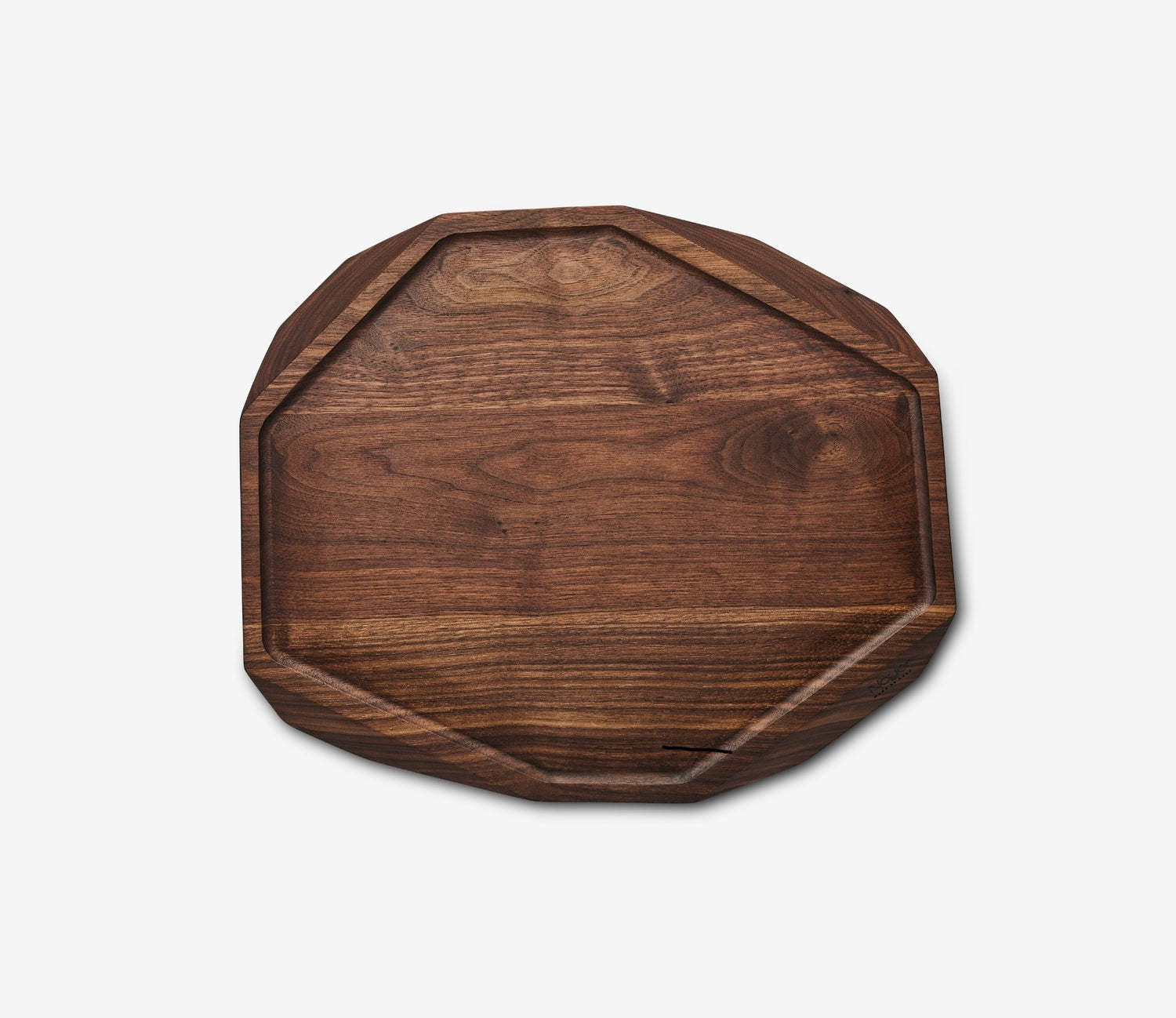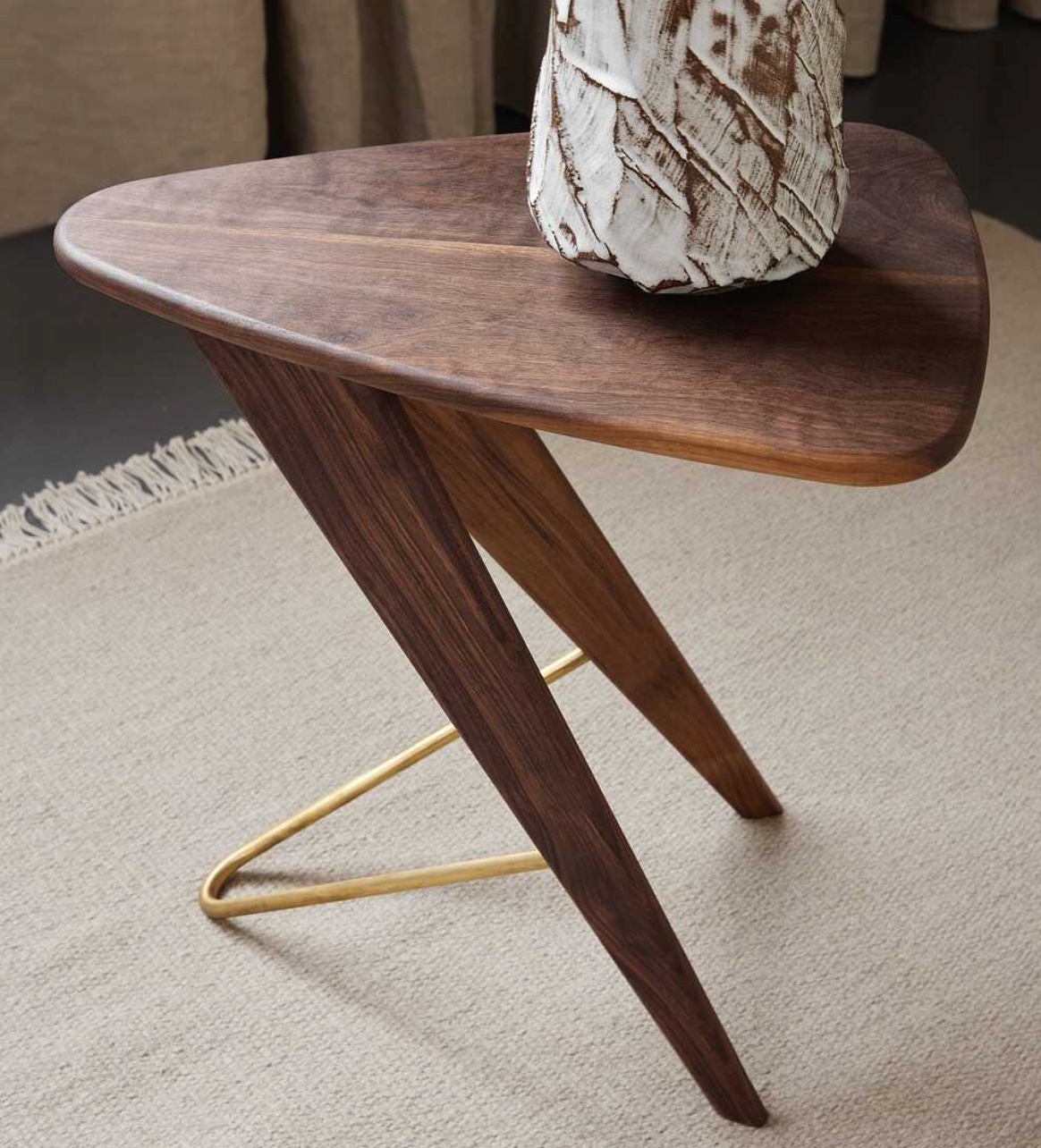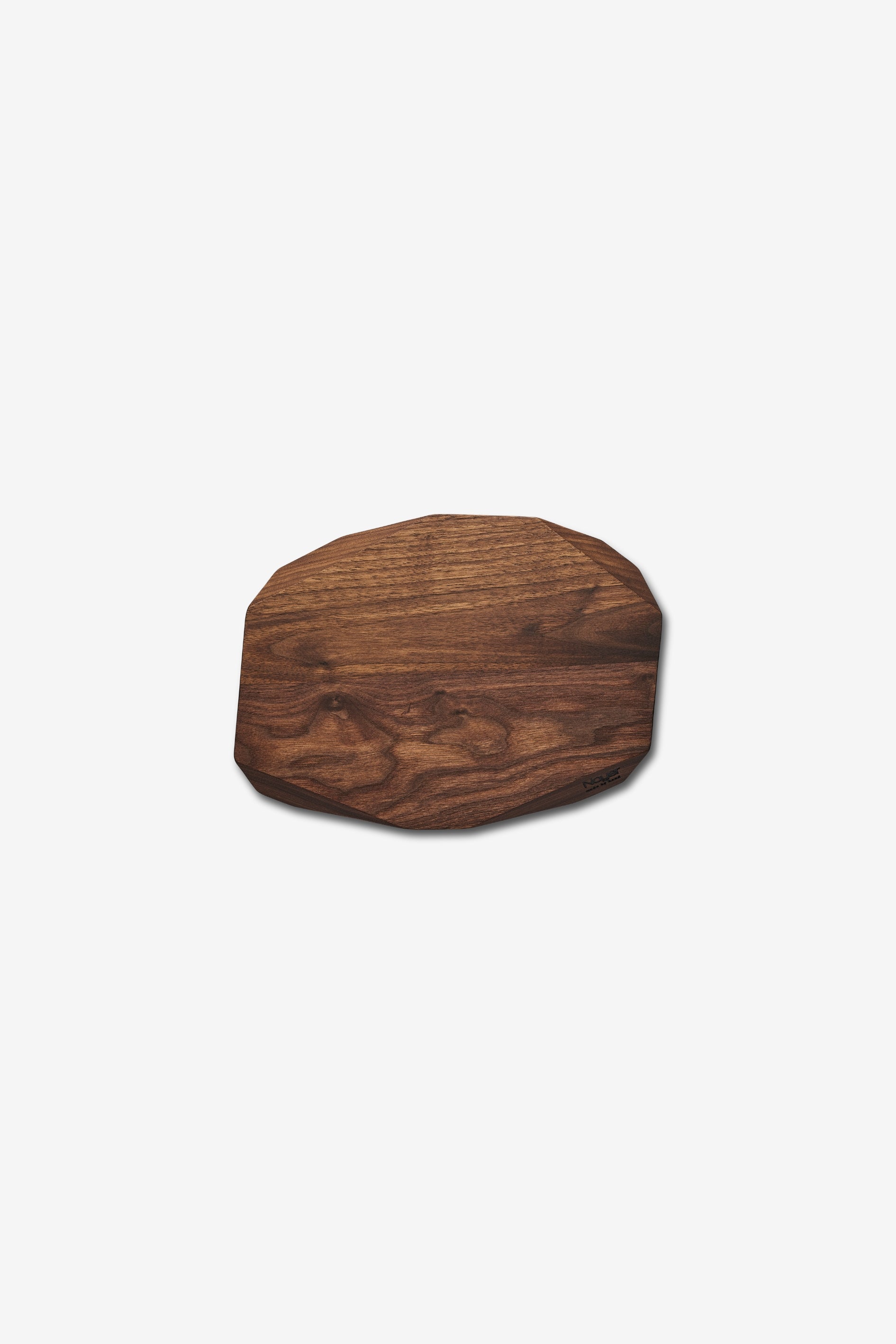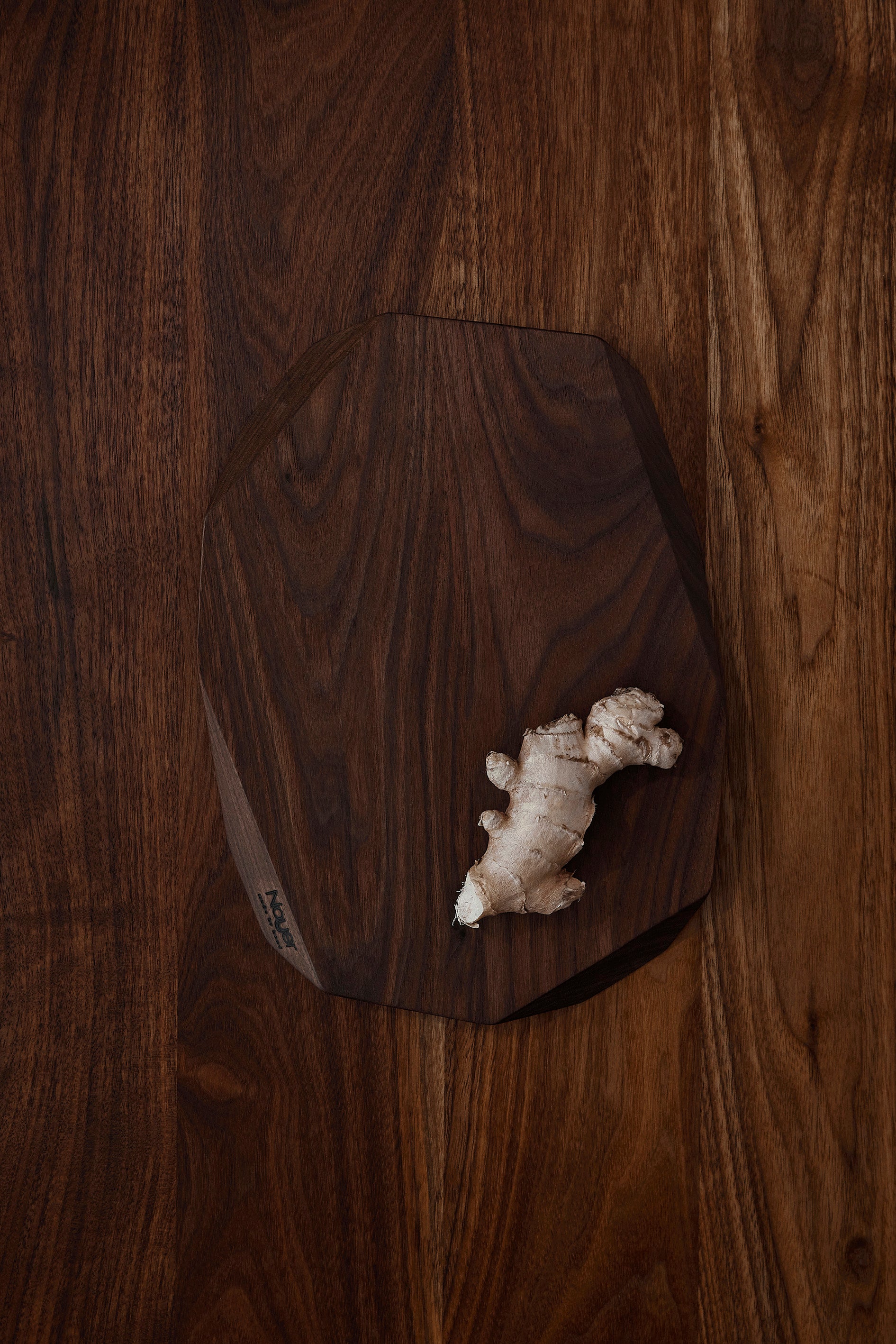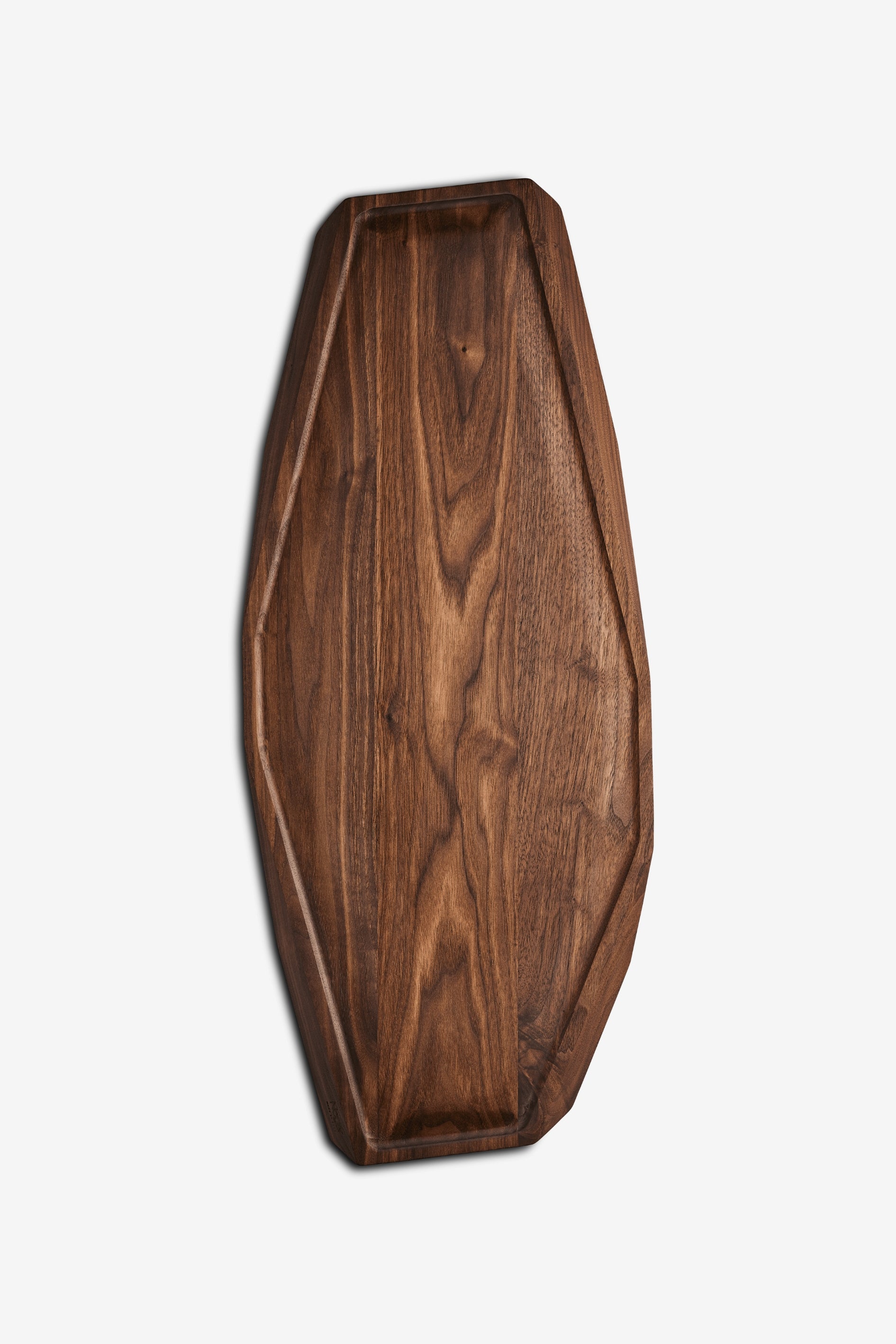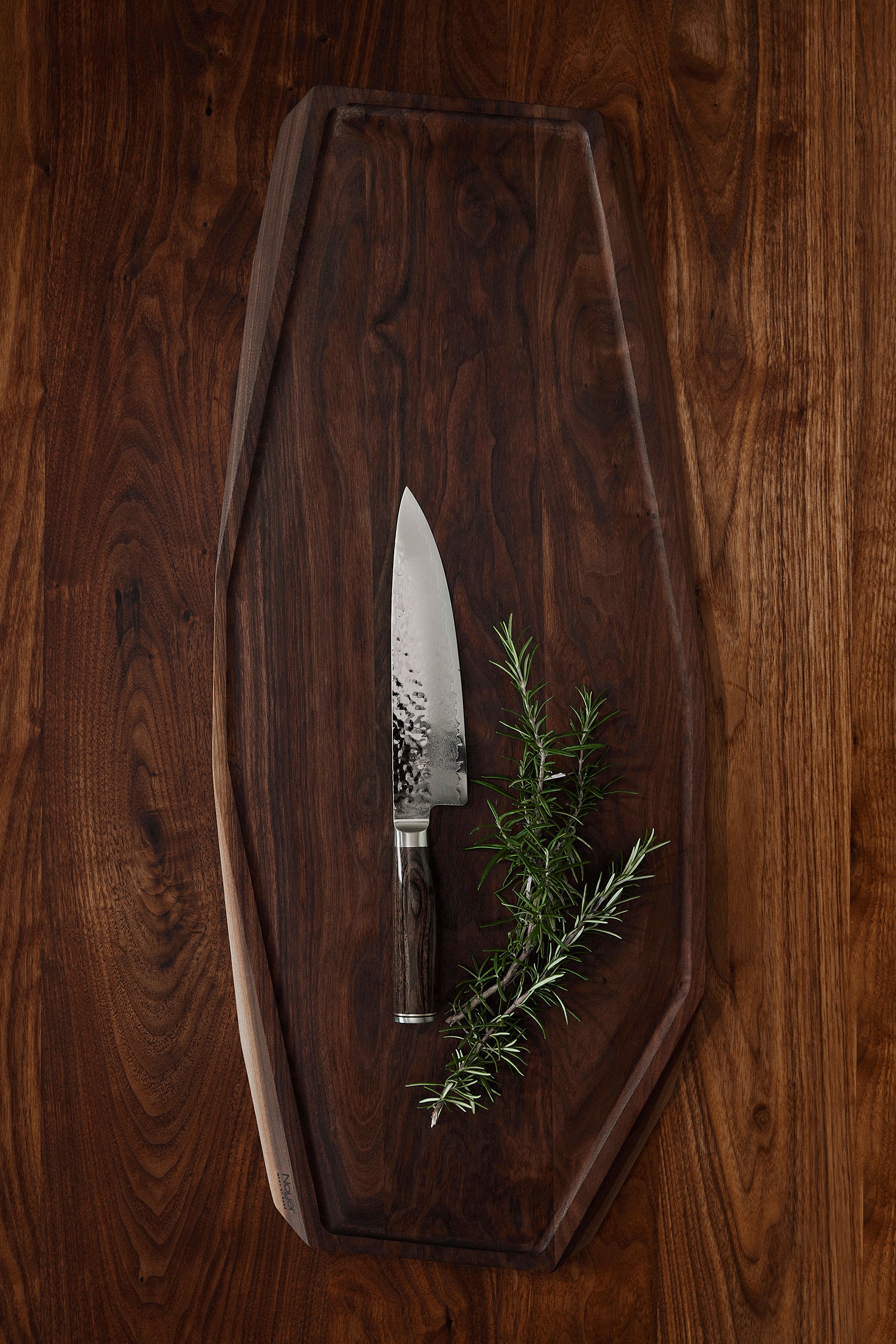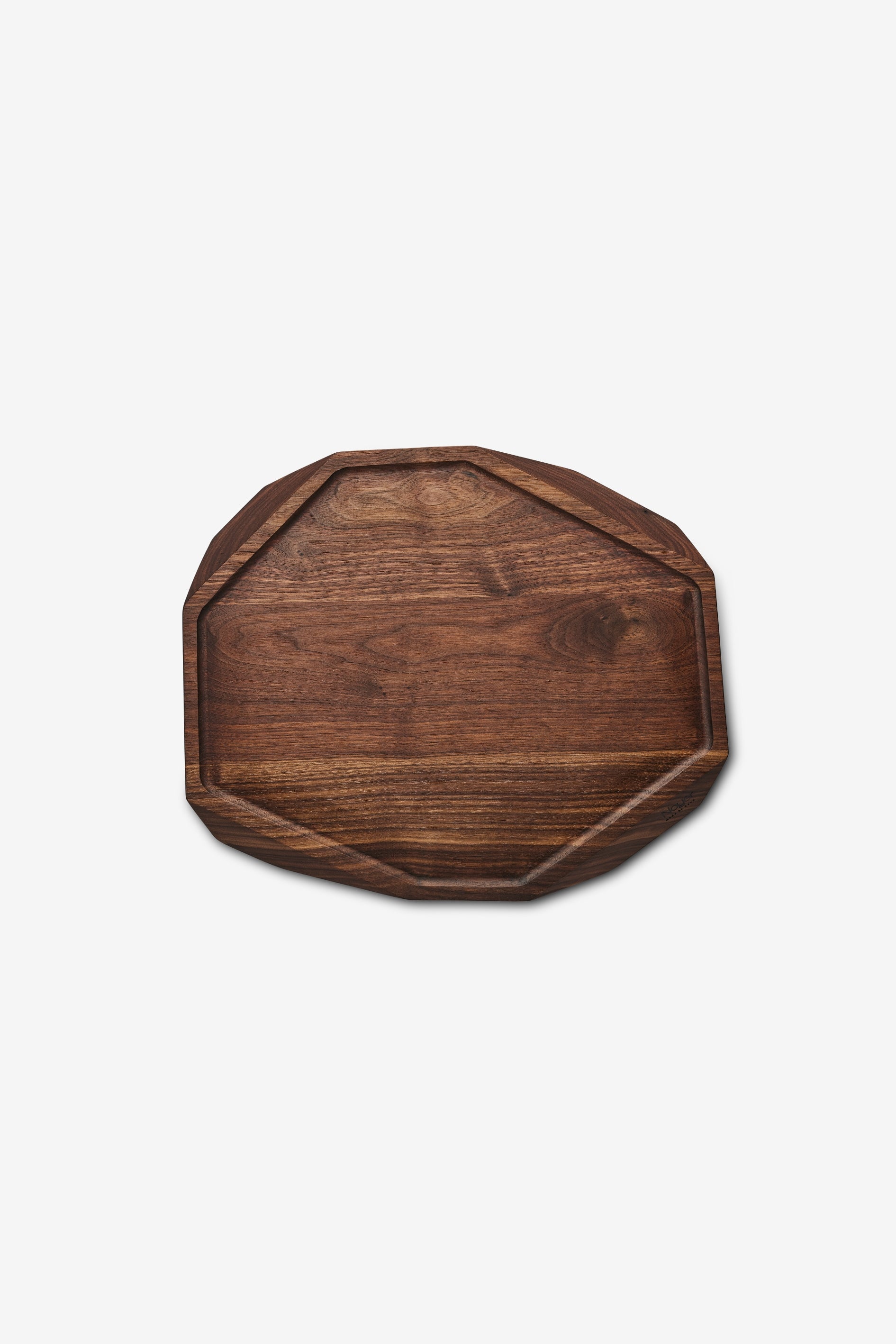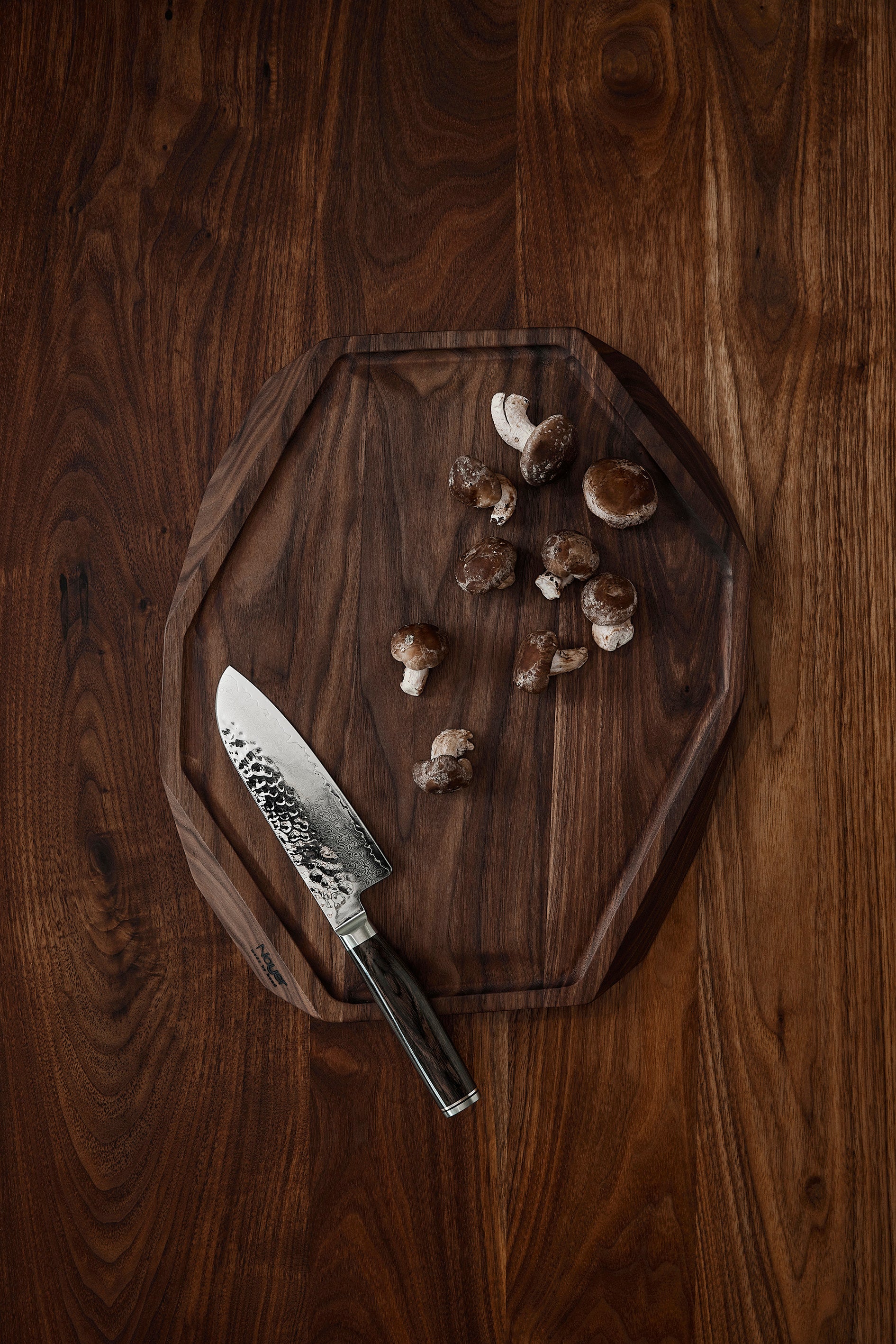Maintenance of Wooden Cutting Boards
When you have a wooden cutting board, it will occasionally require maintenance. Different types of cutting boards may need slightly different treatment, but there are also some things that apply to all cutting boards. We'll naturally focus on the walnut cutting boards from Noyer.
Washing Wooden Cutting Boards
There are some things you need to be aware of while using the cutting board. The most important is that you don't put the cutting board in the dishwasher. Wood is a living material, and most cutting boards can't withstand being exposed to hot water and steam for several hours at a time. It will warp and become uneven.
In general, wood is best dried fairly evenly from both sides. That's also why larger boards come with a stand, which both makes the board a decorative element in the kitchen and ensures air circulation around the board when it dries.
It can be a good idea to scald your cutting board occasionally to kill any bacteria. An easy way is to let the board lie in the kitchen sink while you're pouring out the water from freshly boiled potatoes or pasta.
Oil Treatment
When you use your cutting board a lot, you also need to wash it frequently. And dishwashing liquid is designed to combat oil, so over time it will extract the oil from the cutting board. When you've used up the oil that came with your Noyer cutting boards, there are fortunately other solutions. We use cold-pressed linseed oil because it has a naturally curing effect, which gives a more durable surface to the cutting board. So we naturally recommend such an oil.
But if the choice is between no oil and another type of oil, a neutral oil like rapeseed or sunflower kernel can be excellent alternatives that you often have on hand. Apply plenty of oil over the board on both sides (remember the edges), and let it soak into the board for about 15 minutes. Then wipe off the excess oil. This will restore the beautiful, dark glow that is so beautiful in walnut wood.
Sanding Wooden Cutting Boards
Our boards are made to be used, which also means that over time they will get scratches and similar marks from knives. It hurts a bit when the first scratches stand alone, but with frequent use, it becomes part of the patina that makes the board cool. A small pro tip is to use one side for cutting and the other side for serving.
If you want to freshen up the board a bit and remove the worst scratches, it can certainly be done. Use some sandpaper (around 150 grit) to sand the board, and remember to sand along the grain. It's best to do this when you haven't just oiled it, as the oil will "clog" the sandpaper. In that case, you'll need to use more sandpaper. When the board is sufficiently sanded, simply apply plenty of oil, which should be allowed to soak in for about half an hour. The important thing is actually that some time passes after wiping off the oil before you use the board again. The longer it gets to cure, the longer the oil will keep the board looking beautiful.
If you do this regularly, you'll never need to replace your cutting board again.
If you have questions or good tips, you're very welcome to contact us - we can answer most questions when it comes to wood.

